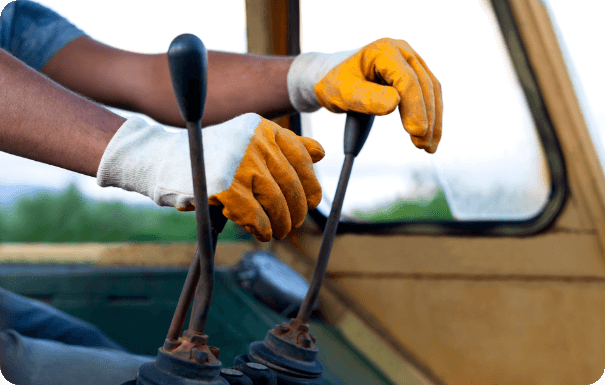
Editor's note: This article was updated December 20, 2022 to reflect the latest data reported from 2019 injuries
Accidents can be prevented:
Crane accidents are often the direct result of negligence of the crane-related professional or the lack of adequate operator training or experience.
- 84% of crane accidents occur due to human error
- Over 50% of all fatal crane injuries involve the worker being struck by an object or equipment
- 60% of these injuries involve the worker being struck by a falling object or equipment
- 43% of fatal work injuries involving cranes took place in the private construction industry
- 24% of crane deaths were in the manufacturing industry
- 31% of worker deaths involving cranes occurred to workers in construction and extraction occupations
- In 22% of fatal injury cases, the worker was operating a crane
- 27% of injuries occurred at a construction site
Not only are workers seriously injured or killed, but bystanders and passersby are also being injured and killed at an alarming rate by crane accidents. Incident and fatalities happen with all types of cranes, including mobile and overhead cranes.
Did you know that when an accident happens, everyone can be held liable, including, but not limited to, the operator/rigger, the company, and the property owners?
The lack of training costs more than tuition. With looming dangers and inevitable fines from lack of well-trained operators, riggers and signal persons, it makes sense for businesses to invest in education.
The hidden costs of lack of training:
- Missed Work Days
- Increased Insurance Rates
- OSHA Fines
- Litigation
- Lost Business Opportunities
Source: Bureau of Labor Statistics





